


Female

|

|

| |||
| teem | / | nrrd | / |
Visible Female |
Joint Histograms |
The images of the gray scale strips don't look very different, but the changes in brightness became more obvious, and easier to characterize, with the help of joint histograms of pairs of grayscale strips. Also called a co-occurance matrix, the joint histogram of two gray-scale images records the number of pairs of spatially corresponding pixels with a given combination of brightness values; this is useful for automatic image registration by mutual information. For instance, the joint histogram between the red channels of gray235.ppm and gray236.ppm can be generated with:
unu slice -i gray235.ppm -a 0 -p 0 -o 0.pgm
unu slice -i gray236.ppm -a 0 -p 0 -o 1.pgm
unu jhisto -i {0,1}.pgm -b 256 256 -t uchar | topng doc/2356R.png
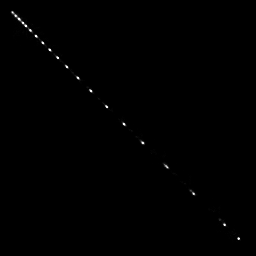
unu jhisto -i gray235.ppm gray236.ppm -b 256 256 -t uchar | topng doc/2356.png
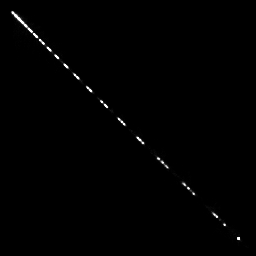
unu jhisto -i gray235.ppm gray236.ppm -b 256 256 -t uchar -o 0.pgm
unu jhisto -i gray236.ppm gray237.ppm -b 256 256 -t uchar -o 1.pgm
unu jhisto -i gray237.ppm gray238.ppm -b 256 256 -t uchar -o 2.pgm
unu join -i {0,1,2}.pgm -a 0 -incr -o grjh23.ppm
unu jhisto -i gray324.ppm gray325.ppm -b 256 256 -t uchar -o 0.pgm
unu jhisto -i gray325.ppm gray326.ppm -b 256 256 -t uchar -o 1.pgm
unu jhisto -i gray326.ppm gray327.ppm -b 256 256 -t uchar -o 2.pgm
unu join -i {0,1,2}.pgm -a 0 -incr -o grjh32.ppm
unu jhisto -i gray417.ppm gray418.ppm -b 256 256 -t uchar -o 0.pgm
unu jhisto -i gray418.ppm gray419.ppm -b 256 256 -t uchar -o 1.pgm
unu jhisto -i gray419.ppm gray420.ppm -b 256 256 -t uchar -o 2.pgm
unu join -i {0,1,2}.pgm -a 0 -incr -o grjh41.ppm
unu jhisto -i gray292.ppm gray293.ppm -b 256 256 -t uchar -o 0.pgm
unu jhisto -i gray293.ppm gray294.ppm -b 256 256 -t uchar -o 1.pgm
unu jhisto -i gray294.ppm gray295.ppm -b 256 256 -t uchar -o 2.pgm
unu join -i {0,1,2}.pgm -a 0 -incr -o grjh29.ppm
convert grjh23.ppm doc/grjh23.png
convert grjh32.ppm doc/grjh32.png
convert grjh41.ppm doc/grjh41.png
convert grjh29.ppm doc/grjh29.png
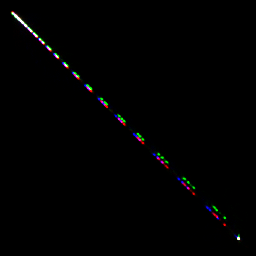
| 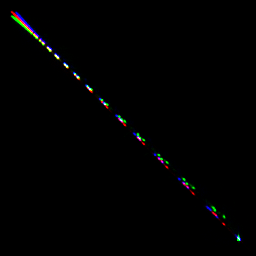
| 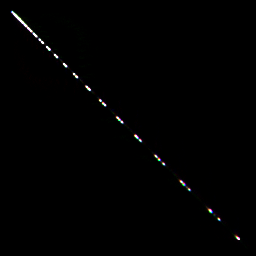
| 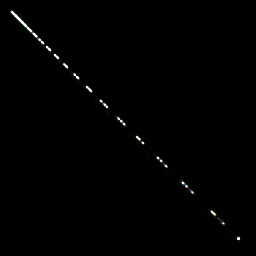
|
| grjh23.png | grjh32.png | grjh41.png | grjh29.png |
ilk -i grjh23.ppm -t rotate:-45 scale:1,4 rotate:45 | topng doc/grjh23st.png ilk -i grjh32.ppm -t rotate:-45 scale:1,4 rotate:45 | topng doc/grjh32st.png ilk -i grjh41.ppm -t rotate:-45 scale:1,4 rotate:45 | topng doc/grjh41st.png ilk -i grjh29.ppm -t rotate:-45 scale:1,4 rotate:45 | topng doc/grjh29st.png
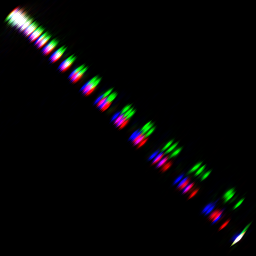
| 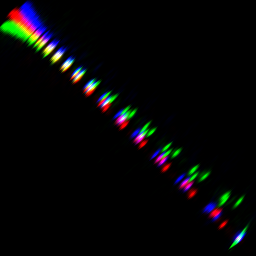
| 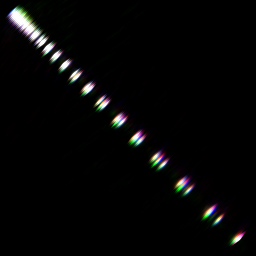
| 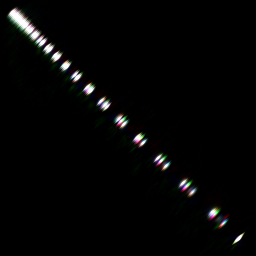
|
| grjh23st.png | grjh32st.png | grjh41st.png | grjh29st.png |
unu jhisto -i avf1079{b,c}.raw.Z.head.ppm -b 256 256 -t int \
| unu quantize -b 8 -max 700 -o 0.pgm
unu jhisto -i avf10{79c,80a}.raw.Z.head.ppm -b 256 256 -t int \
| unu quantize -b 8 -max 700 -o 1.pgm
unu jhisto -i avf1080{a,b}.raw.Z.head.ppm -b 256 256 -t int \
| unu quantize -b 8 -max 700 -o 2.pgm
unu join -i {0,1,2}.pgm -a 0 -incr -o hdjh23.ppm
unu jhisto -i avf1109{a,b}.raw.Z.head.ppm -b 256 256 -t int \
| unu quantize -b 8 -max 700 -o 0.pgm
unu jhisto -i avf1109{b,c}.raw.Z.head.ppm -b 256 256 -t int \
| unu quantize -b 8 -max 700 -o 1.pgm
unu jhisto -i avf11{09c,10a}.raw.Z.head.ppm -b 256 256 -t int \
| unu quantize -b 8 -max 700 -o 2.pgm
unu join -i {0,1,2}.pgm -a 0 -incr -o hdjh32.ppm
unu jhisto -i avf1140{a,b}.raw.Z.head.ppm -b 256 256 -t int \
| unu quantize -b 8 -max 700 -o 0.pgm
unu jhisto -i avf1140{b,c}.raw.Z.head.ppm -b 256 256 -t int \
| unu quantize -b 8 -max 700 -o 1.pgm
unu jhisto -i avf114{0c,1a}.raw.Z.head.ppm -b 256 256 -t int \
| unu quantize -b 8 -max 700 -o 2.pgm
unu join -i {0,1,2}.pgm -a 0 -incr -o hdjh41.ppm
unu jhisto -i avf1098{b,c}.raw.Z.head.ppm -b 256 256 -t int \
| unu quantize -b 8 -max 700 -o 0.pgm
unu jhisto -i avf109{8c,9a}.raw.Z.head.ppm -b 256 256 -t int \
| unu quantize -b 8 -max 700 -o 1.pgm
unu jhisto -i avf1099{a,b}.raw.Z.head.ppm -b 256 256 -t int \
| unu quantize -b 8 -max 700 -o 2.pgm
unu join -i {0,1,2}.pgm -a 0 -incr -o hdjh29.ppm
convert hdjh23.ppm doc/hdjh23.png
convert hdjh32.ppm doc/hdjh32.png
convert hdjh41.ppm doc/hdjh41.png
convert hdjh29.ppm doc/hdjh29.png
ilk -i hdjh23.ppm -t rotate:-45 scale:1,4 rotate:45 | topng doc/hdjh23st.png
ilk -i hdjh32.ppm -t rotate:-45 scale:1,4 rotate:45 | topng doc/hdjh32st.png
ilk -i hdjh41.ppm -t rotate:-45 scale:1,4 rotate:45 | topng doc/hdjh41st.png
ilk -i hdjh29.ppm -t rotate:-45 scale:1,4 rotate:45 | topng doc/hdjh29st.png
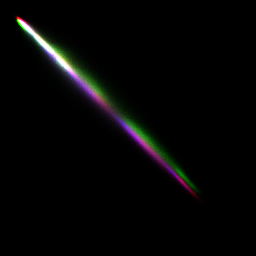
| 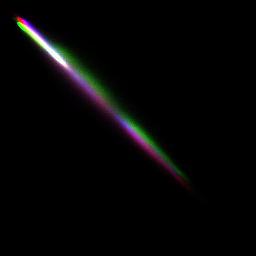
| 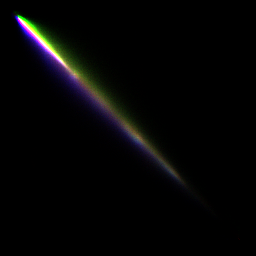
| 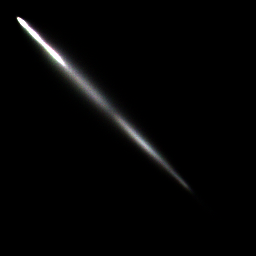
|
| hdjh23.png | hdjh32.png | hdjh41.png | hdjh29.png |
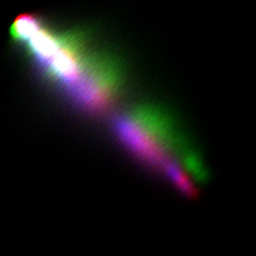
| 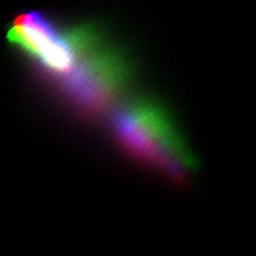
| 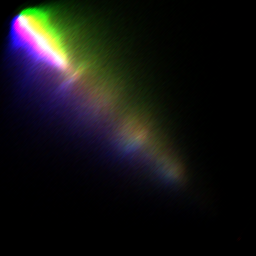
| 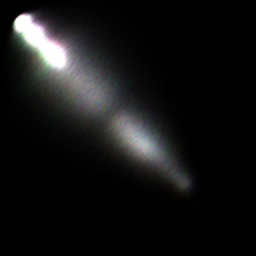
|
| hdjh23st.png | hdjh32st.png | hdjh41st.png | hdjh29st.png |
It seems, then, that the gray scale strips unfortunately did not fully do the job of recording brightness variations that affect the data inside the body. Even if the gray scale strips were extracted for every single slice, they don't contain the necessary information to automatically correct the brightness.